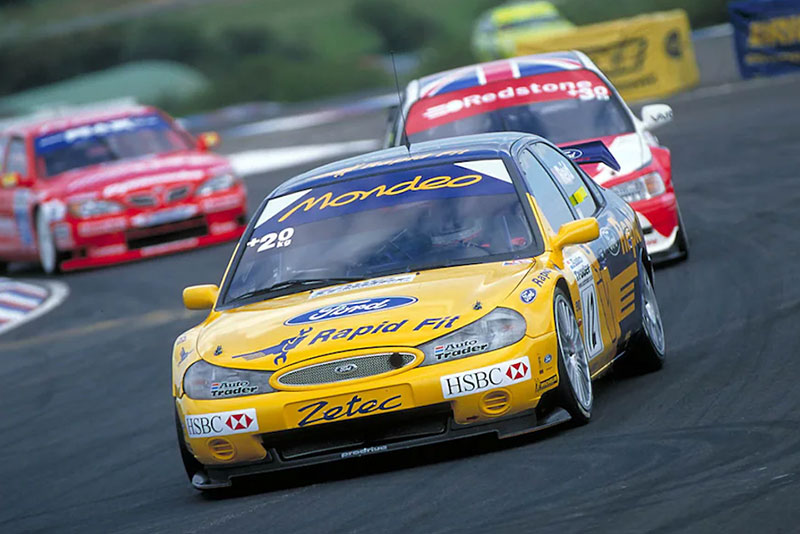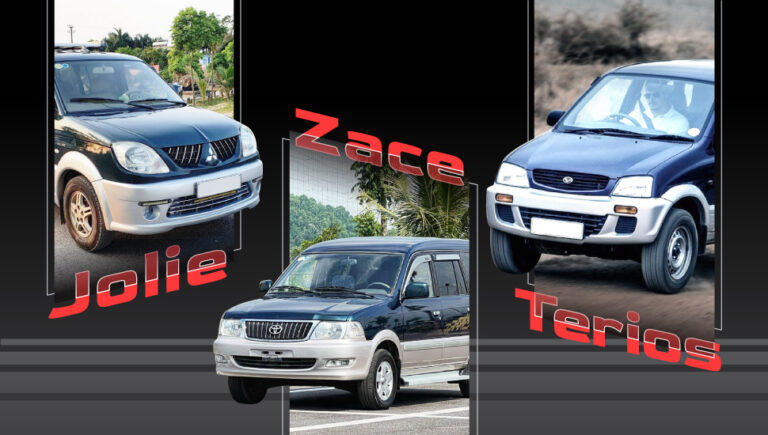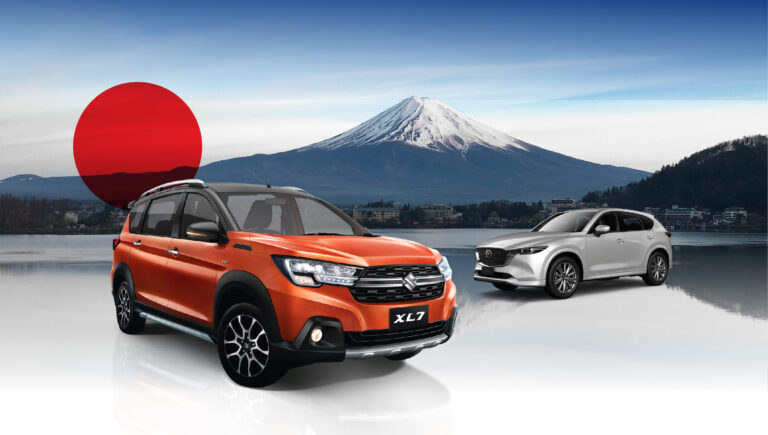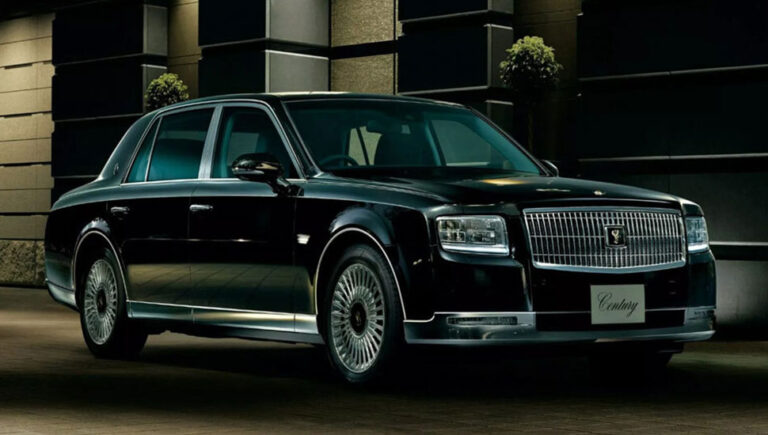In any commercial competition, no matter how many players enter the fray, it often boils down to a duel between two leaders. In sports, it’s Nike vs. Adidas. In smartphones, Apple vs. Samsung. On social media, Facebook vs. TikTok. E-commerce? Shopee vs. Lazada.
Here, let’s take a moment to relax with the “Sedan Battle: The Winner Takes All”—a story of Japan vs. America, Toyota vs. Ford, more specifically, the Toyota Camry vs. the Ford Mondeo in the early 2000s. Two powerful nations. Two corporate giants. Two rival cars locked in a duel that spanned two main rounds and an overtime.
Round 1: The Lead-Up to 2003
Entering Vietnam around the same time (1995), both Toyota and Ford carefully scouted the market before deciding on production and sales strategies. Their efforts included studying regional roads, gauging consumers’ purchasing power, and understanding key car-buying criteria—brand, design, color, engine performance, fuel efficiency, etc. Only after collecting this data did they decide which models to assemble (or import) and target for sale.
Before 2003, Toyota’s locally assembled lineup included the Corolla, Camry, and Zace (not counting the Hiace van). Ford, on the other hand, offered the Laser, Escape, and Ranger.
Flashback to 1983: Toyota launched the first-generation Camry in the U.S. and Europe. It instantly became a brand and sales phenomenon throughout the 1980s and 1990s.
Recognizing the threat from Camry, Ford invested five years developing its response—the Ford Mondeo, launched in 1993 as the successor to the decade-old Ford Sierra. Designed with European standards and tastes in mind, Mondeo debuted in Europe, its largest market. Though a decade behind the Camry, the Mondeo garnered ten times the awards. Ford even entered the Mondeo in the British Touring Car Championship for publicity, clinching first place in 2000.

Armed with these accolades, the Ford Mondeo entered Vietnam in March 2003, priced at $38,900 for the 2.5L model. By then, the Camry had been around since 1998, with its new 2.4L version launched in 2002 at $36,300. Both were essentially on par in terms of specs and price. The deciding factors came down to brand perception and design. (Keep in mind, this was the early 2000s, long before YouTubers, reviewers, and test drives gave buyers a wealth of information to compare before committing)
- Ford Vietnam’s General Manager at the 2003 launch: “We hope the Ford Mondeo will capture attention in the Vietnamese market.”
- Toyota Vietnam’s General Manager at the 2002 Camry launch: “The Toyota Camry is a car for leaders.”
These two statements from the companies’ heads foretold the fates of these two models over the next 20 years. The Mondeo struggled, revving up for a few years before fading away. Meanwhile, the Camry remained the irreplaceable car for leaders, thanks to two decisive factors outside the realm of ordinary consumers.
- Government and corporate dominance: Toyota’s strength in the B2B segment made the Camry the go-to car for government officials and businesses, conveniently priced within their procurement budgets.
- Local assembly rules: A preference for locally manufactured vehicles sealed the deal for the Camry. (Although Ford began assembling the Mondeo domestically in 2009 at a lower price, it was too late to turn the tide)
Round 2: Ford’s Counterattack in 2009
In 2007, the new Camry 2.4 launched at $50,600. In 2008, Ford introduced the 2.3 Mondeo at $56,900. For six years, the Mondeo chased the Camry in vain, despite offering comparable engines, driving dynamics, interiors, and features.
Ford’s last-ditch strategy was local assembly to reduce costs. A dedicated assembly line for the Mondeo was established, with the first locally built car rolling out in 2009. However, Toyota had already mastered local production with a full five-stage process (stamping, welding, painting, assembly, and quality checks) since 2003.
Cheaper than the Camry. Advertised more aggressively than the Camry. Packed with more promotions than the Camry. Yet on the streets, for every 30 Camrys, there was only one Mondeo. Some cars are simply born with a royal air. In Japanese, “Camry” derives from kanmuri, meaning “crown”. It was always destined for a higher throne, no matter how fiercely the Mondeo tried to challenge its reign.
- Gibson (Australia): “The Mondeo is solid and spacious, though sometimes tricky to park. It drives beautifully on highways. Sleek outside, plain inside. A great family car.”
- Brian (England): “Aside from a lackluster interior, the Ford Mondeo is the best value in its segment. Stylish, powerful, and equally adept in cities or on highways. If you have more cash and love German cars, consider a BMW 3-Series.”
- Donald Dũng (Vietnam): “Fuel guzzler? That’s just a myth. Depreciation is the real issue. 80% of Vietnamese first-time buyers don’t grasp the Mondeo’s value, while Toyota’s Japanese reliability is already ingrained in their minds.”
Overtime: Camry Stays, Mondeo Goes
Vietnam was just one of nearly 100 countries where the Mondeo was sold. It exited Vietnam in 2009, the same year Ford began assembling it domestically. Born the same year. Died the same year. In 2022, the Ford Mondeo reappeared in China, sporting a youthful, modern design. Gone was the boss-like aura. Gone were the oversized headlights. It was no longer the Mondeo we once knew, save for its name. However, this relaunch was merely a test run, as Ford has shifted its global focus to SUVs, pickups, and electric vehicles since 2018.
Meanwhile, Toyota Camry, synonymous with composure for 25 years, pulled off a stunning transformation. On October 23, 2024, during the Vietnam Motor Show, the 2025 Camry made its official debut. “It looks so youthful, almost too youthful,” remarked 9 out of 10 journalists and reviewers upon seeing the Camry’s entirely new look at the event. In Vietnam, any name that follows the word ‘Toyota’ carries a remarkable, tangible power!







